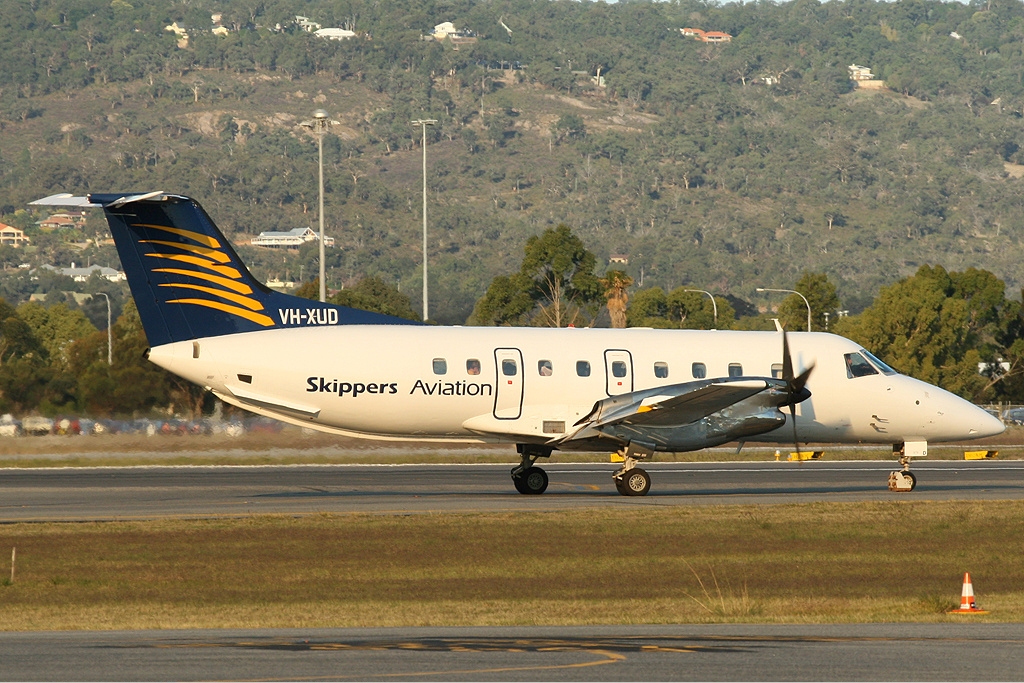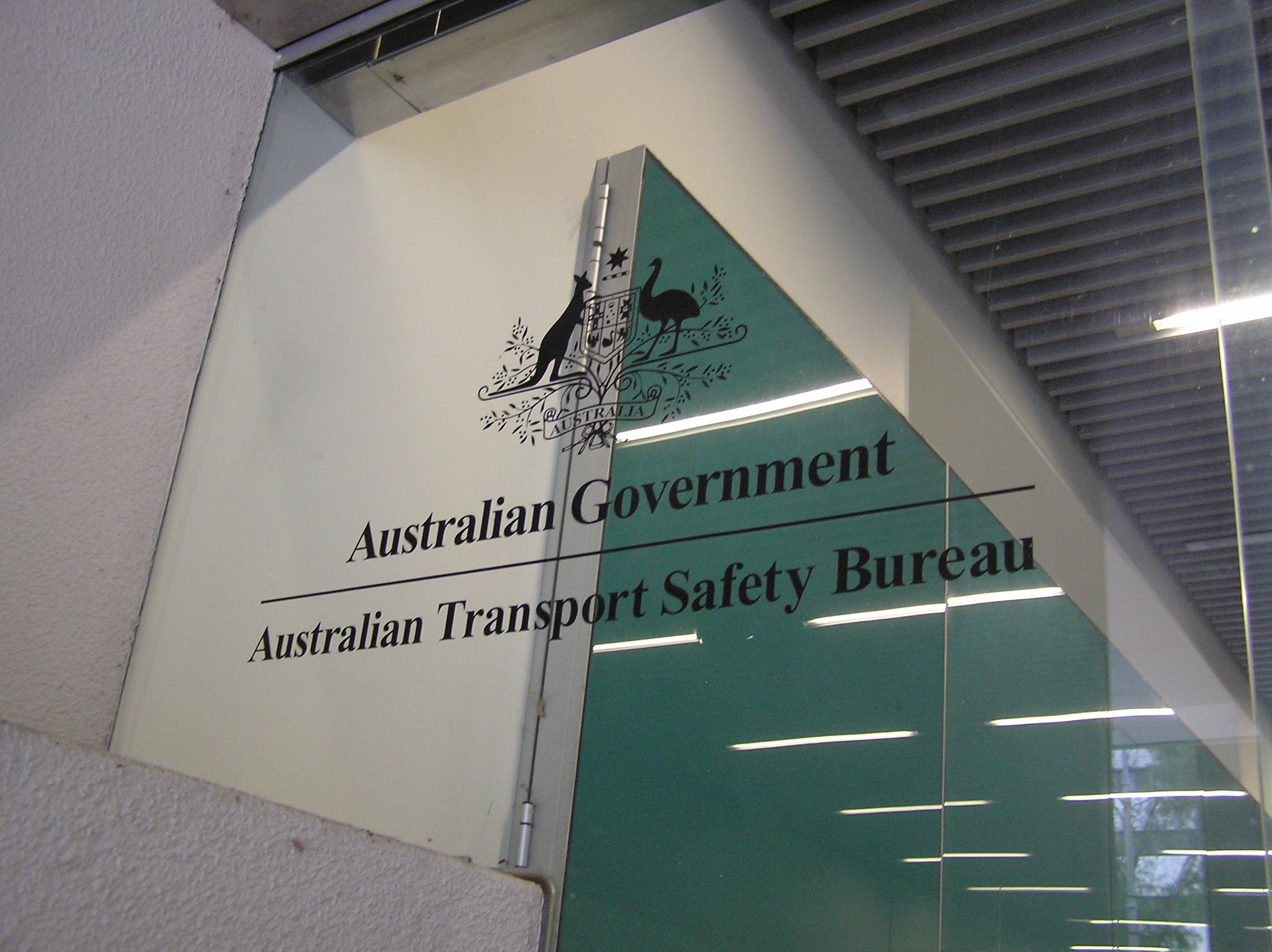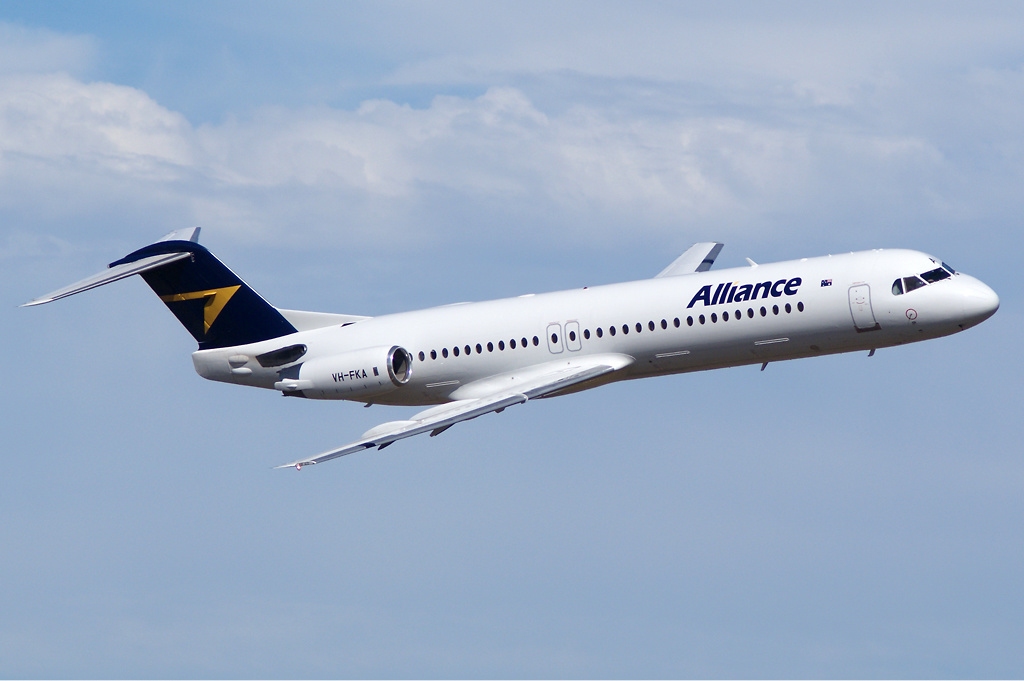|
Skippers Aviation
Skippers Aviation is a small regional airline based out of Perth Airport that specialises in charter flights for companies with fly-in fly-out workers. They also operate flights for the mining industry in Western Australia, as well as some scheduled regular public transport (RPT) flights. Primarily serving the northern Goldfields, Skippers also has a secondary base in Broome in order to service the Kimberley region. Services Skippers Aviation is the largest provider of fly-in fly-out services for the mining industry in Western Australia. It operates many weekly flights in support of many major mining companies and mine sites. As of January 2020, Skippers Aviation also operates scheduled services to the following regional destinations out of Perth and Broome: * Fitzroy Crossing * Halls Creek * Laverton * Leonora * Meekatharra * Mount Magnet * Wiluna Fleet As of August 2019 the Skippers Aviation fleet consists of the following aircraft: *3 Cessna 441 Conquest ... [...More Info...] [...Related Items...] OR: [Wikipedia] [Google] [Baidu] |
Perth Airport
Perth Airport is an international, domestic and general aviation airport serving Perth, the capital city of Western Australia. It is the fourth busiest airport in Australia measured by passenger movements and falls within the boundaries of the City of Belmont, City of Kalamunda and the City of Swan. Perth Airport and Jandakot Airport, the other civilian airport within the mainland Perth metropolitan area located about south-southwest of the general aviation area of the airport, recorded a combined total of 362,782 aircraft movements in 2017. Since 1997, it has been operated by Perth Airport Pty Ltd under a 99-year lease from the Commonwealth Government. Location The airport is located approximately east of the Perth central business district. It is one of three civilian airports within the Perth metropolitan area, the others being Jandakot Airport and Rottnest Island Airport. Besides the civilian airports, there are also two military airports within the Perth metropolit ... [...More Info...] [...Related Items...] OR: [Wikipedia] [Google] [Baidu] |
Cessna 441
The Cessna 441 Conquest II is the first turboprop powered aircraft designed by Cessna, and was meant to fill the gap between their jets and piston-engined aircraft. It was developed in November 1974, with the first aircraft delivered in September 1977. It is a pressurized, 8–9 passenger turbine development of the Cessna 404 Titan. Development The original design from 1972 for this aircraft was known as the Model 435, and was to be powered by Continental GTSIO-520X engines with three-bladed propellers. By 1975, the designed evolved into the turboprop-powered Model 441. It was certified by the FAA on August 19, 1977. Cessna renamed the Model 441 the Conquest II in 1983. 1984 models starting with constructor number 195 used lighter weight four-bladed McCauley propellers. Phillips, Edward H.: ''Wings of Cessna, Model 120 to the Citation III'', Flying Books, 1986. A 441 with Pratt & Whitney Canada PT6A-112 turboprops was flown in 1986, but did not enter production. A smaller a ... [...More Info...] [...Related Items...] OR: [Wikipedia] [Google] [Baidu] |
Airlines Of Western Australia
An airline is a company that provides air transport services for traveling passengers and freight. Airlines use aircraft to supply these services and may form partnerships or alliances with other airlines for codeshare agreements, in which they both offer and operate the same flight. Generally, airline companies are recognized with an air operating certificate or license issued by a governmental aviation body. Airlines may be scheduled or charter operators. The first airline was the German airship company DELAG, founded on November 16, 1909. The four oldest non-airship airlines that still exist are the Netherlands' KLM (1919), Colombia's Avianca (1919), Australia's Qantas (1920) and the Czech Republic's Czech Airlines (1923). Airline ownership has seen a shift from mostly personal ownership until the 1930s to government-ownership of major airlines from the 1940s to 1980s and back to large-scale privatization following the mid-1980s. Since the 1980s, there has also been ... [...More Info...] [...Related Items...] OR: [Wikipedia] [Google] [Baidu] |
Regional Aviation Association Of Australia
The Regional Aviation Association of Australia (RAAA) is a non-profit organisation representing the interests of regional aviation in Australia. RAAA has approximately 100 members and 2500 employees. They Provide air transportation in Australia for more than 2 million passengers and 23 million kilograms cargo per year. It was formed in 1980 as the Regional Airline Association of Australia and amended its name in 2001 when its charter was widened to include "aerial work operators" as well as regional airlines and air charter companies "and the businesses that support them". The members of Regional Aviation Association of Australia include "airlines, airports, engineering and flight training companies, finance and insurance companies and government entities".Quotes from thRAAA homepage/ref> Thomas Global System's CEO Angus Hutchinson stated "The RAAA plays a fundamental role in supporting the Australian aviation industry and linking regional communities and remote areas across Aus ... [...More Info...] [...Related Items...] OR: [Wikipedia] [Google] [Baidu] |
List Of Airlines Of Australia
The airline industry in Australia began in the early 1920s with Western Australian Airways on the west coast, and Australian Aircraft and Engineering Company on the east coast. In 1921, Queensland and Northern Territory Aerial Services (QANTAS) was formed, and continues to operate. This is a list of airlines that have a current air operator's certificate issued by the Civil Aviation Safety Authority. Scheduled airlines Charter airlines Cargo airlines See also *List of defunct airlines of Australia *List of airlines References External linksInternational airlines in Australia {{List of airlines [...More Info...] [...Related Items...] OR: [Wikipedia] [Google] [Baidu] |
Australian Transport Safety Bureau
The Australian Transport Safety Bureau (ATSB) is Australia's national transport safety investigator. The ATSB is the federal government body responsible for investigating transport-related accidents and incidents within Australia. It covers air, sea and rail travel. The ATSB is an independent Commonwealth Government statutory agency, governed by a Commission and is separate from transport regulators, policy makers and service providers. History The ATSB was formed on 1 July 1999. It combined the Bureau of Air Safety Investigation (BASI), Marine Incident Investigation Unit (MIIU) and parts of the Federal Office of Road Safety (FORS). Its central office is located at 12 Moore Street in Canberra, Australian Capital Territory. It has field offices in Adelaide, Brisbane, Sydney and Perth. It has about 100 employees, including about 60 Transport Safety Investigators of aviation, marine, and rail accidents and incidents. Air safety investigation Australian aviation accidents wer ... [...More Info...] [...Related Items...] OR: [Wikipedia] [Google] [Baidu] |
De Havilland DHC-8
The De Havilland Canada DHC-8, commonly known as the Dash 8, is a series of turboprop-powered regional airliners, introduced by de Havilland Canada (DHC) in 1984. DHC was later bought by Boeing in 1988, then by Bombardier in 1992; then by Longview Aviation Capital in 2019, reviving the De Havilland Canada brand. Powered by two Pratt & Whitney Canada PW100s, it was developed from the Dash 7 with improved cruise performance and lower operational costs, but without STOL performance. Three sizes were offered: initially the 37–40 seat -100 until 2005 and the more powerful -200 from 1995, the stretched 50–56 seats -300 from 1989, both until 2009, and the 68–90 seats -400 from 1999, still in production. The QSeries are post-1997 variants fitted with active noise control systems. Development Initial development In the 1970s, de Havilland Canada had invested heavily in its Dash 7 project, concentrating on STOL and short-field performance, the company's traditiona ... [...More Info...] [...Related Items...] OR: [Wikipedia] [Google] [Baidu] |
Fuel Starvation
In an internal combustion engine, fuel starvation is the failure of the fuel system to supply sufficient fuel to allow the engine to run properly, for example due to blockage, vapor lock, contamination by water, malfunction of the fuel pump or incorrect operation, leading to loss of power or engine stoppage. There is still fuel in the tank(s), but it is unable to get to the engine(s) in sufficient quantity. By contrast, fuel exhaustion (also called ''fuel depletion'') is an occurrence in which the vehicle in question becomes completely devoid of usable fuel, with results similar to those of fuel starvation. All engine-powered modes of transport can be affected by fuel starvation, although the problem is most serious for aircraft in flight. Ships are affected to the extent that without propulsion they cannot maneuver to avoid collisions or beaching. On aircraft, fuel starvation is often the result of incorrect fuel management, for example by selecting to feed the engine from an e ... [...More Info...] [...Related Items...] OR: [Wikipedia] [Google] [Baidu] |
Go-around
In aviation, a go-around is an aborted landing of an aircraft that is on final approach or has already touched down. A go-around can either be initiated by the pilot flying or requested by air traffic control for various reasons, such as an unstabilized approach or an obstruction on the runway. Etymology The term arises from the traditional use of traffic patterns at airfields. A landing aircraft will first join the traffic pattern/circuit and prepare for landing. If for some reason, the pilot decides not to land, the pilot can simply fly back up to traffic pattern altitude/circuit height, and complete another circuit. The term "go-around" is still used even for modern airliners, though they may not use traditional traffic patterns/circuits for landing. Reasons for use Initiation of a go-around may be either ordered by air traffic control (normally the local or tower controller in a controlled field) or initiated by the pilot in command of the aircraft. In naval aviation, t ... [...More Info...] [...Related Items...] OR: [Wikipedia] [Google] [Baidu] |
Embraer Brasilia
The Embraer EMB 120 Brasilia is a twin-turboprop 30-passenger commuter airliner designed and manufactured by the Brazilian aircraft manufacturer Embraer. The EMB 120 began development during 1974. While initially conceived as a modular series of aircraft, the ''Family 12X'' and referred to as the ''Araguaia'', intending to achieve a high level of commonality with the EMB 121 Xingu, the aircraft was redesigned and relaunched with the ''Brasilia'' name scheme during 1979. The redesign, which drew on operator feedback, reduced the seating capacity somewhat while removing commonality with the EMB 121. Its size, speed, and ceiling enabled faster and more direct services to be flown in comparison to similar aircraft. The EMB 120 features a circular cross-section fuselage, low-mounted straight wings and has a T-tail. On 27 July 1983, the prototype performed its maiden flight. During October 1985, the first EMB 120 entered service with Atlantic Southeast Airlines; it quickly entered ... [...More Info...] [...Related Items...] OR: [Wikipedia] [Google] [Baidu] |
Fokker 100
The Fokker 100 is a regional jet produced by Fokker in the Netherlands. The Fokker 100 is based on the Fokker F28 with a fuselage stretched by to seat up to 109 passengers, up from 85. It is powered by two newer Rolls-Royce Tay turbofans, and it has an updated glass cockpit and a wider wing and tail for increased maximum weights. The program was announced in 1983 and it made its maiden flight on 30 November 1986. The variant was approved on 20 November 1987, and first deliveries to Swissair started in February 1988. American Airlines ordered 75, TAM Transportes Aéreos Regionais asked for 50, and USAir got 40. It is the basis of the shorter Fokker 70, which made its first flight in April 1993. Fokker had financial troubles and went bankrupt in March 1996, and production ended in 1997 after 283 deliveries. Amsterdam-based Rekkof group wants to restart its production and update it with new engines, but has not reached its goal. Since the 2000s, airlines have been retiring t ... [...More Info...] [...Related Items...] OR: [Wikipedia] [Google] [Baidu] |


.jpg)






